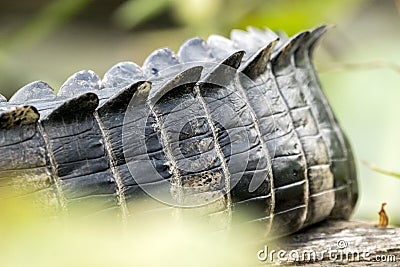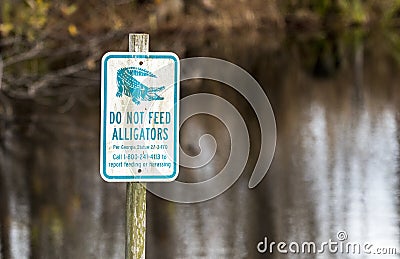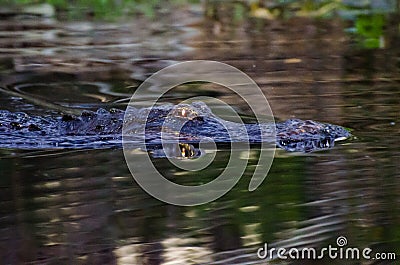Alligator Appetites Project: "Duck Hunt"
Viral video shows massive gator devouring duck in Florida water
Brianna Volz, Digital Journalist
Published: November 30, 2020
From https://www.clickorlando.com/news/local/2020/11/30/viral-video-shows-massive-gator-devouring-duck-in-florida-water/
Florida hunters were out looking for ducks last week and instead ran into some competition when they found a massive alligator not far from their boat. A video posted on Facebook by Cass Couey last week has since gone viral and if you’ve seen it, that should come as no surprise. In it, you see the giant reptile creep up on a duck in a swampy body of water, open its mouth and start chomping away as it devours the bird.
The video, which has more than 963,000 views and 3,000 comments, has been shared more than 13,000 times on Facebook. “Alright you’re fed, now get outta here,” the person recording the video says. It may not have been the first time a gator stole one of the hunters’ prey that day, either. In the background, one of the boaters can be heard saying that was “number two of the day.”









